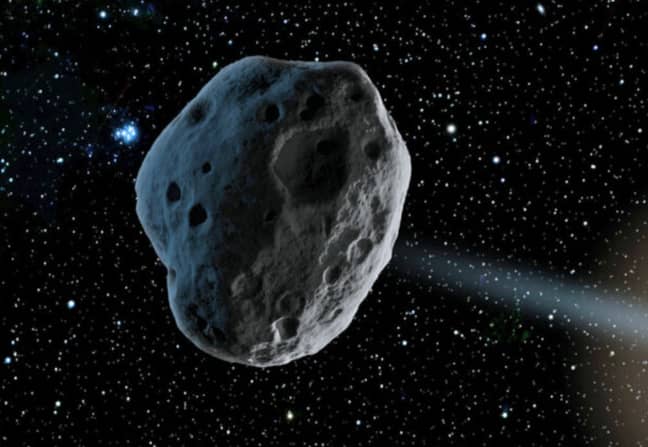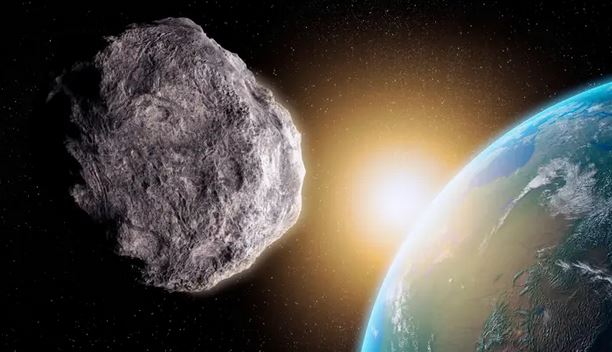An enormous 430ft asteroid is set to hurtle towards Earth’s orbital field this week- with NASA’s register of space debris claiming that the giant rock is due to make a ‘close approach’ to our planet.
The gigantic space rock- which is twice as large than Big Ben and slightly bigger than an American football stadium- was discovered by American astronomer Carolyn S. Shoemaker at Palomar Observatory on 28 November 1994, and has since been designated 1994 WR12.

Until 2016 it was listed as an ‘Earth Impact Risk’ by the JPL Center for NEO Studies (CNEOS), but has since had its threat-level downgraded after further observations.
Astronomers estimate that if WR12 ever were to hit the Earth, it would produce an explosion equivalent to over 77 megatons tons of TNT- over 1 ½ times more powerful than Tsar Bomba, the biggest nuclear weapon that has ever been tested.
However it looks like we’re going to be safe this time around, with astronomers predicting that the asteroid will pass the Earth at a distance of approx 3.8 million miles, so don’t go reaching for that Armageddon/Deep Impact double-feature just yet.
Just in case things do end up going a bit pear-shaped though, humanity has a new trick up its sleeve to help ward off any dangerous-looking asteroids which may bother us in the future- the DART mission.

DART, or the ‘Double Asteroid Redirection Test’ to use its full name, is the first test of a new technology to prevent future asteroid collisions of the type that ended the age of the dinosaurs.




